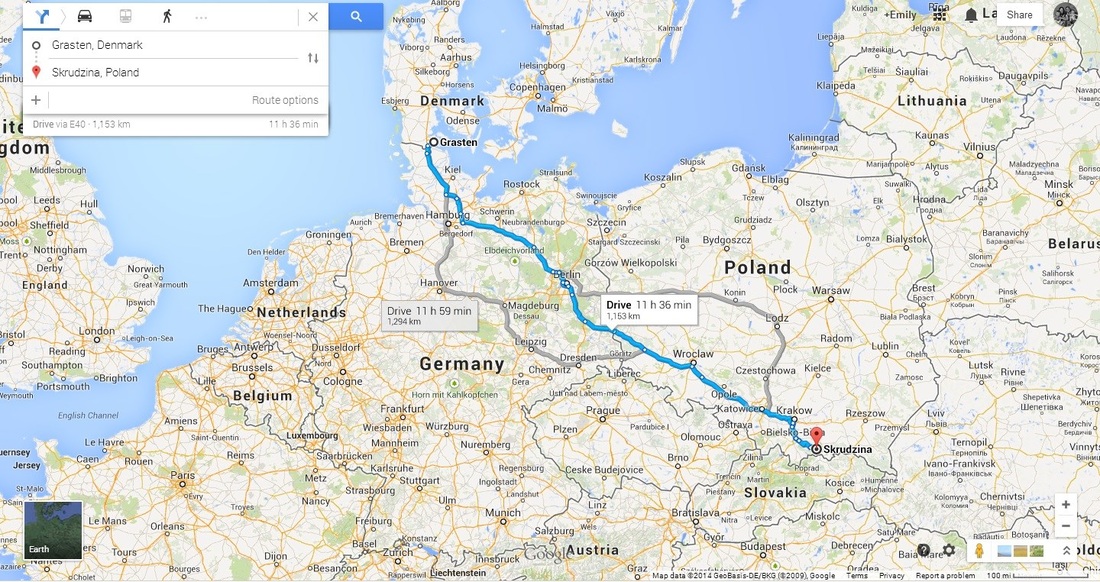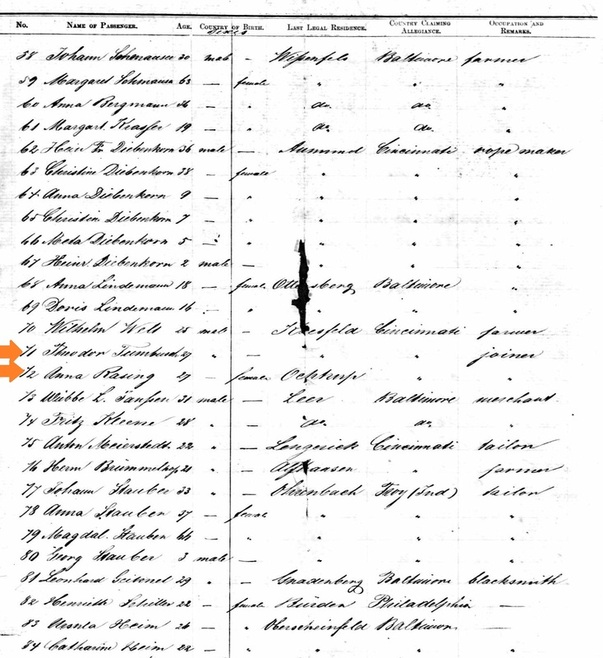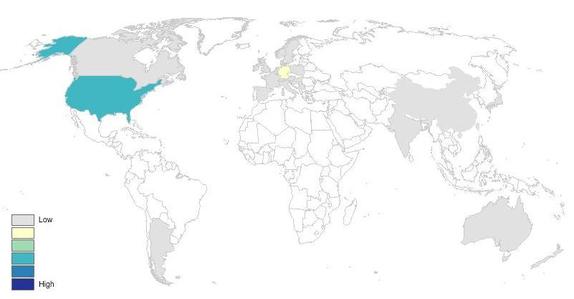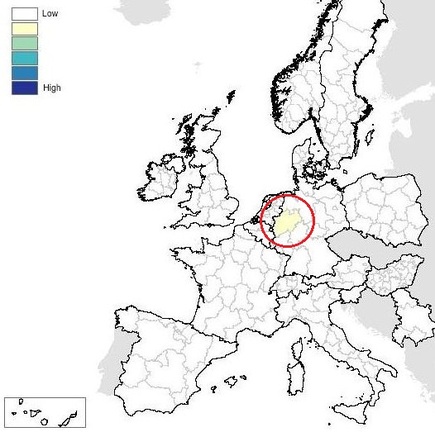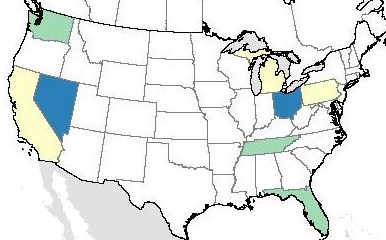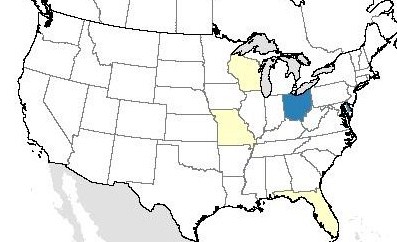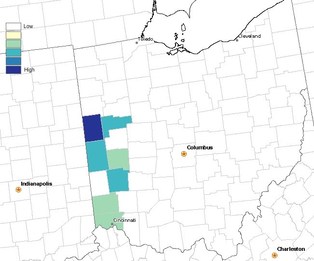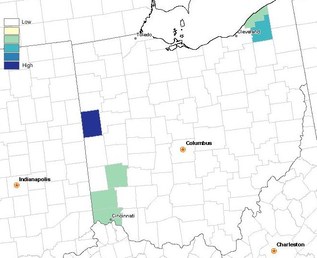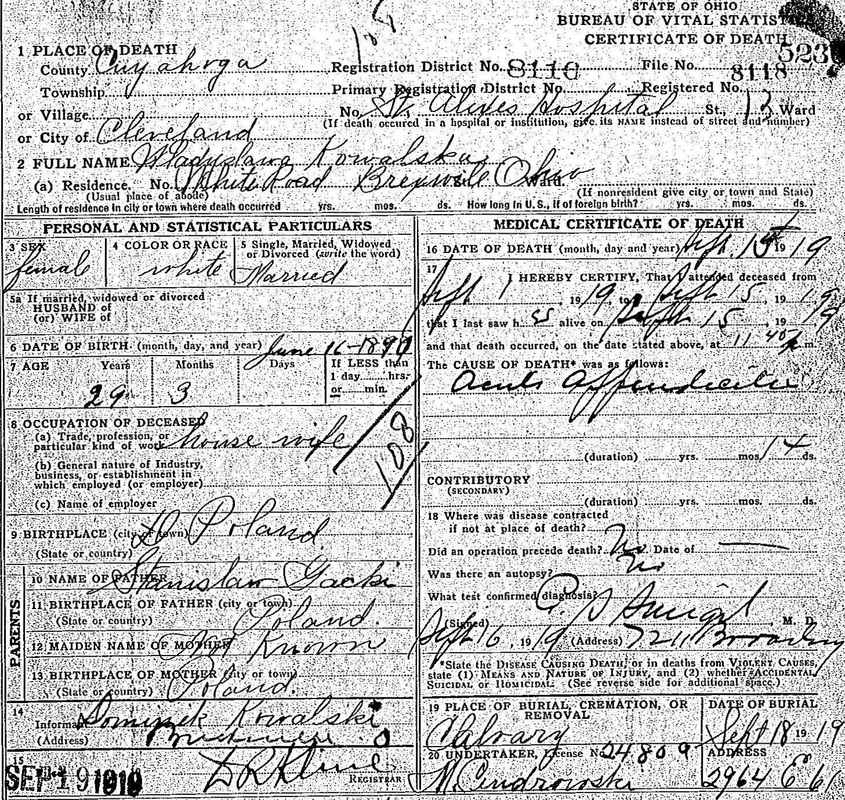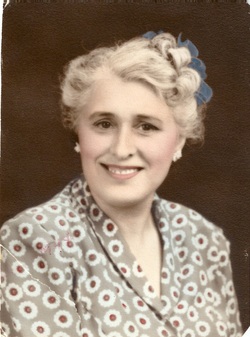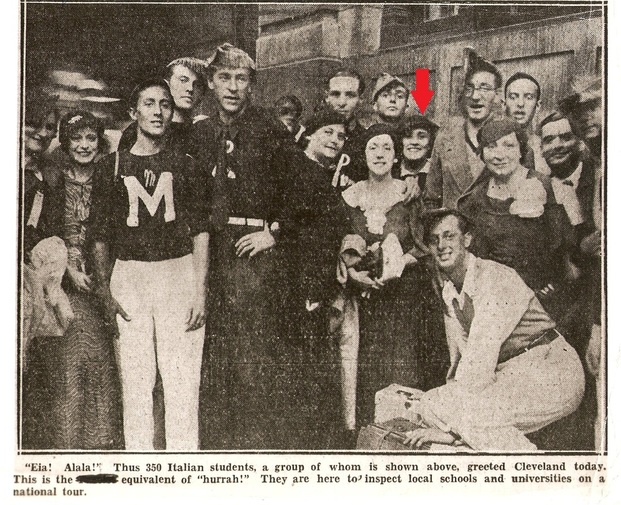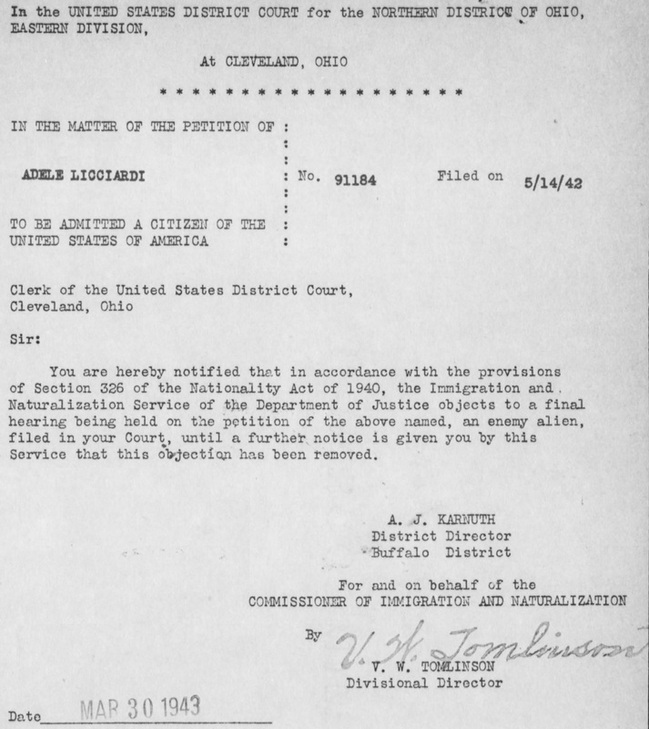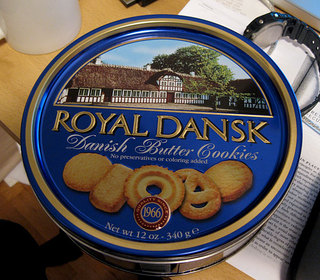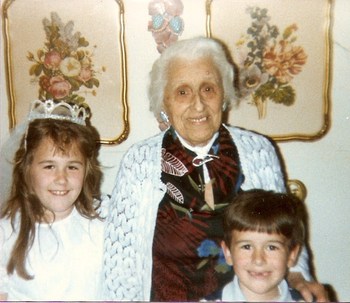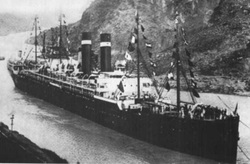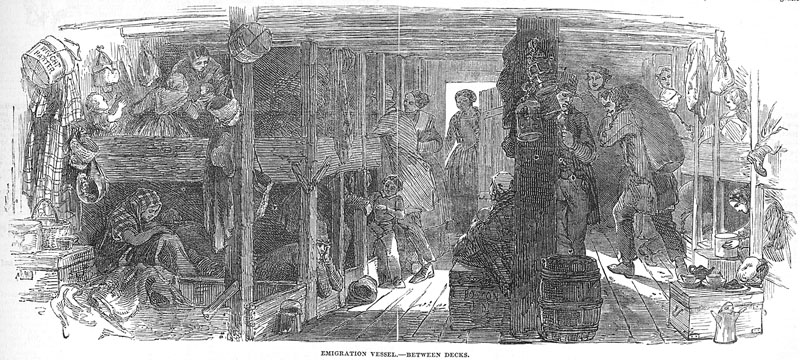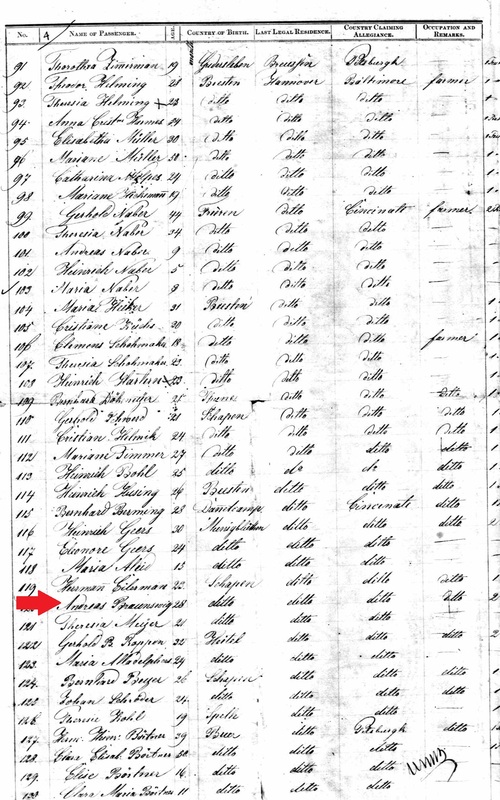Gravenstein today is no longer in Germany, and, in fact, it is no longer known by that name. The town that used to be called Gravenstein is currently in southern Denmark, and is now known as Gråsten. As you can see on the map below, Gråsten is quite a journey away from Sophie's hometown, so I started searching for why she may have lived there, at least temporarily.
While scouring the Internet, I came upon this website from the Danish Immigration Museum. The page gives a nice, concise history of Polish immigrants in Denmark during the late 19th and early 20th century - right at the same time Sophie was there. The one paragraph on this webpage that *really* caught my attention was this one:
"The Poles were recruited by organized German-speaking agents - the so-called “Aufsehere”, who usually travelled around Galicia in the winter and signed contracts with young workers. Some were also sent to Denmark through the so-called import associations that supplied workers to Danish and German employers."
So, there were recruiters around Galicia? Interesting. Sophie's occupation on the Hamburg list is shown as 'Dienstmädchen,' which translates quite literally to 'servant girl.' Was Sophie intending to stay and work in Gravenstein permanently, or was she just saving up money for the trip across the ocean? Was she there in Gravenstein by herself, or did she have close friends or extended family there also? Always left with more questions than answers after these investigations, but I wouldn't have it any other way! :-)
©2014, copyright Emily Kowalski Schroeder
